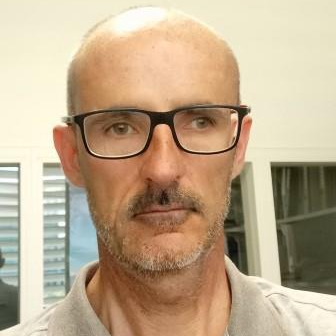Membranes for Environmental Engineering
A special issue of Membranes (ISSN 2077-0375). This special issue belongs to the section "Membrane Processing and Engineering".
Deadline for manuscript submissions: closed (15 January 2020) | Viewed by 16694
Special Issue Editors
Interests: water treatment; electrochemical advanced oxidation processes (EAOP); reactive electrochemical membranes (REM)
Special Issues, Collections and Topics in MDPI journals
Interests: catalytic membrane reactors; nanoporous membranes; solvent separation; advanced characterization
Special Issues, Collections and Topics in MDPI journals
Special Issue Information
Dear Colleagues,
We would like to invite you to submit original research or review papers to this Special Issue of Membranes—the open access journal of membrane technology.
For the development of environmental technologies, membranes play a crucial role in growing fields such as gas separation and production or water and gas treatment.
The aim of this Special Issue is to propose an overview of the up-to-date research that is being conducted in the field, through the online publication of articles or reviews, focusing more specifically on membranes’ tailoring and their integration into environmental processes for gas and liquid treatment and/or separation.
Prof. Dr. Marc Cretin
Dr. Ludovic Dumée
Guest Editors
Manuscript Submission Information
Manuscripts should be submitted online at www.mdpi.com by registering and logging in to this website. Once you are registered, click here to go to the submission form. Manuscripts can be submitted until the deadline. All submissions that pass pre-check are peer-reviewed. Accepted papers will be published continuously in the journal (as soon as accepted) and will be listed together on the special issue website. Research articles, review articles as well as short communications are invited. For planned papers, a title and short abstract (about 100 words) can be sent to the Editorial Office for announcement on this website.
Submitted manuscripts should not have been published previously, nor be under consideration for publication elsewhere (except conference proceedings papers). All manuscripts are thoroughly refereed through a single-blind peer-review process. A guide for authors and other relevant information for submission of manuscripts is available on the Instructions for Authors page. Membranes is an international peer-reviewed open access monthly journal published by MDPI.
Please visit the Instructions for Authors page before submitting a manuscript. The Article Processing Charge (APC) for publication in this open access journal is 2700 CHF (Swiss Francs). Submitted papers should be well formatted and use good English. Authors may use MDPI's English editing service prior to publication or during author revisions.
Keywords
- gas separation and/or production
- water treatment
- photocatalytic membranes
- electrocatalytic membranes
- reactive electrochemical membranes
- biomimicking membranes
- air filtration
- thermally responsive membranes







